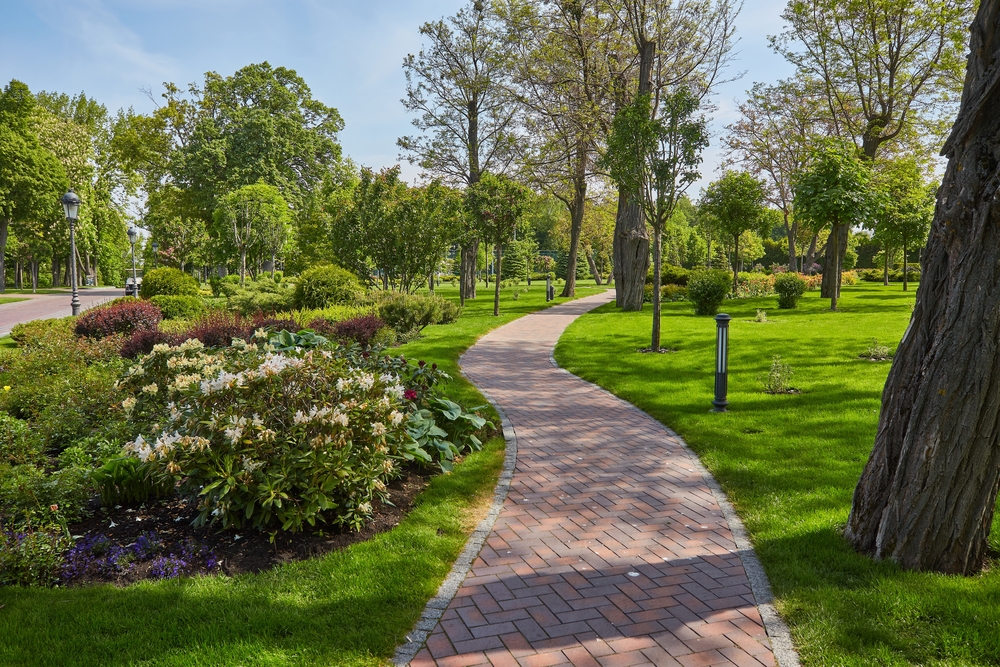Plant diversity is being used more and more in urban landscaping because of its revolutionary potential to restore urban ecosystems and increase insect populations. A recent study led by Dr. Luis Mata of the University of Melbourne demonstrates the extraordinary potential of increasing native plant variety in urban green spaces. This metamorphosis not only enhances the attraction of cityscapes but also opens the door to a critical solution for bridging the gap between urban life and robust biodiversity.
From urban challenges to ecological triumphs
The pioneering study altered a tiny 195 sq m site situated among bustling streets in the heart of Melbourne. “I think we found a really strong signal given the disadvantages of the site itself,” Dr. Mata says, recognizing the importance of the study’s findings despite the urban challenges. The study revealed an amazing result by planting a range of 12 indigenous plant species and methodically documenting insect populations: a whopping sevenfold increase in bug species within three years.
The significance of the study goes beyond numbers, as Prof. Dieter Hochuli of the University of Sydney underlines the necessity of recognizing the potential of modest green spaces. “The size of the area being studied is what many would typically claim doesn’t really serve as a great habitat for things,” Prof. Hochuli points out. The study defies common thinking by demonstrating that the quality and biological richness of a site outweighs its size, connecting with the notion that every patch of green matters.
Elevating small green spaces
As this study spreads beyond the urban planning sector, it meshes perfectly with last year’s Cop15 summit’s goals. “We really need to do a better job valuing small, isolated green spaces,” states Prof. Hochuli. This innovative analysis validates the summit’s emphasis on richer green and blue areas, as well as inclusive biodiversity measures. Dr. Mata’s research is a wake-up call, highlighting the transformative influence of even the smallest green efforts on the health of the urban ecosystem.
The findings also encourage people to embrace native plants, regardless of the scale of their efforts. “This could help provide the evidence that … no matter how small your intervention, you’re going to derive a good positive ecological outcome,” hopes Dr. Mata. From urban gardeners to city planners, this research encourages stakeholders to promote plant diversity, allowing insect populations to grow and, in turn, maintain the delicate balance of urban ecology.
The storyline in the broad tapestry of urbanization is moving from obstacles to solutions. Cities around the world now have a roadmap for flourishing, biodiverse futures according to the findings of this study. Weaving plant diversity into the urban fabric supports the resurgence of insect species, giving an image of nature and urban life coexisting peacefully.
Source study: Ecological Solutions and Evidence— Large positive ecological changes of small urban greening actions











